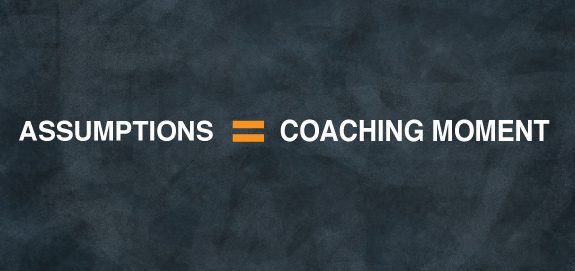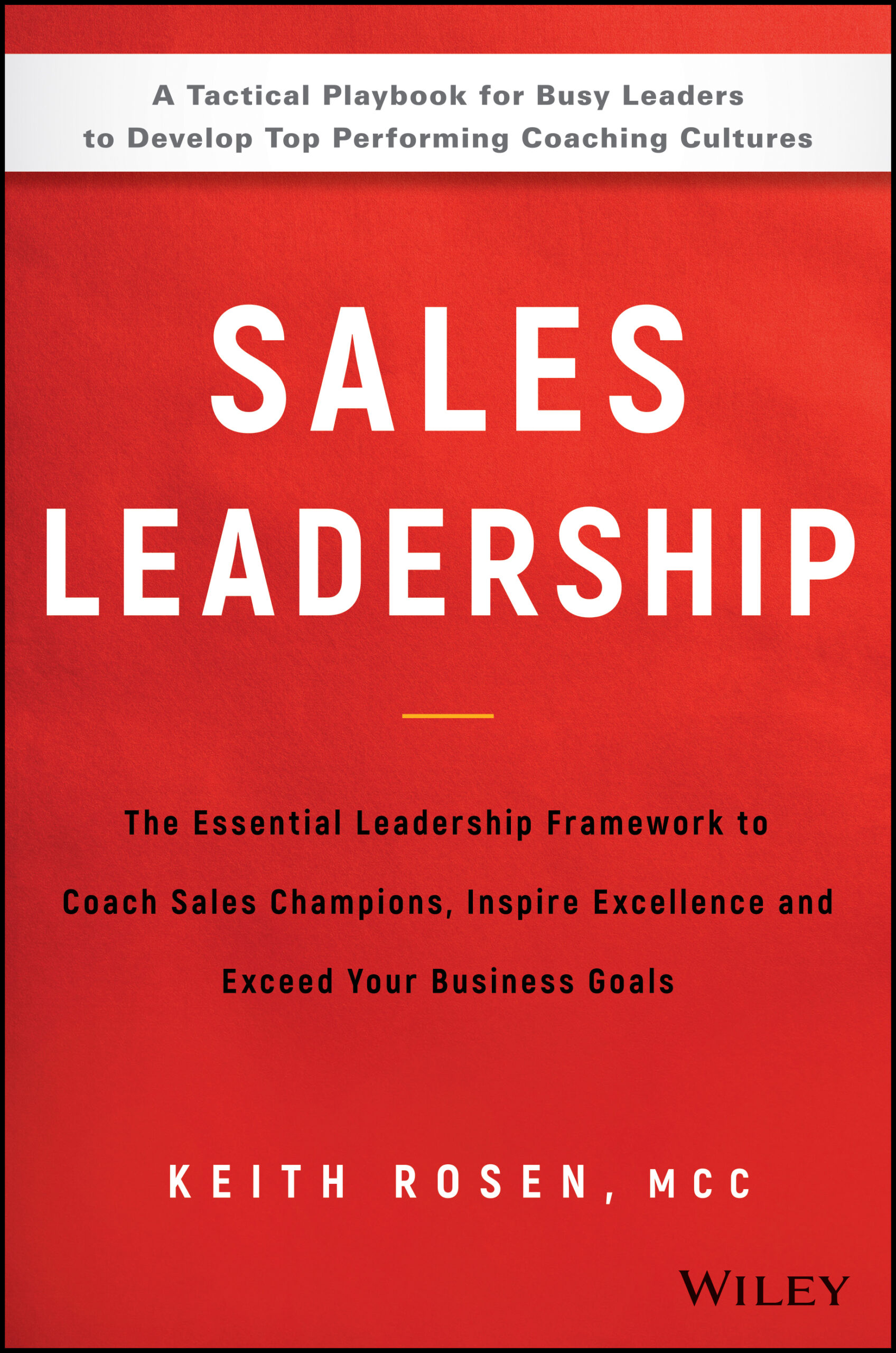Everything is coachable, but how do you identify the truly powerful coaching opportunities during a conversation? A great place to start is by evaluating what assumptions you’re making about your team.

If you’ve been following my blog and read my book on coaching, you may be asking yourself, “Okay, I get what coaching is, I realize that I need to upgrade not only what I do and how I coach but also how I need to think but wait; what, exactly, is actually coachable? Is everything coachable? Are some things ‘not coachable’?”
The short answer is, everything is coachable. Well, if that’s the case, then you may be wondering how you can recognize those powerful coaching moments and opportunities during a conversation. Here’s an experience I had that will begin to answer this question.
Monique, a director of sales for a large corporation came to me frustrated about the lack of execution and level of success around the new sales model she developed for her inside salespeople. During our coaching session, I asked Monique to share with me the steps she’s outlined in the new sales process that she wants her salespeople to follow. She did so, with great clarity, until I probed further around what she meant by her step three, the qualification process.
Monique responded by saying, “I want them to do a better job at qualifying every opportunity. I’m tired of my telesales reps filling their pipeline with customers and prospects who will never buy from us or are simply not a good fit.”
Of course, that made perfect sense to me. I then asked her what types of questions she wants her salespeople to ask when qualifying their customers and prospects. Being a top producer herself before moving into management, Monique took this opportunity to demonstrate her well developed skill at qualification.
After she did so, it was the next set of questions I asked that created the valuable coaching moment for her.
“Monique, those questions sound perfect, however, I’m curious. What information do your salespeople know they must capture during every call? How much training did you provide your salespeople around asking these questions? How much have you documented these questions so they can use them consistently when making their sales calls?”
Look for the Gap
Together, Monique and I identified the Gap, which is the space in every coaching conversation when you and the person you are coaching uncover with pinpoint accuracy the most relevant solution or exactly where you can deliver the most value that will foster breakthrough results.
For Monique, she made some costly assumptions about her salespeople’s level of comfort, skill, awareness and understanding when it came to asking the right qualifying questions. Monique took this a step further and created an additional coaching opportunity with her sales team during a team meeting by having them come up with the list of the top qualifying questions. This way, her team felt a deeper sense of ownership, since they were the ones developing these questions.
Not only will you get better at uncovering those coaching opportunities in the gap, but you may have already discovered that there is a big difference between training and coaching, and managers don’t often have a clear distinction between the two. As a result, when managers finally do uncover The Gap, they have a tendency to blend these two distinct solutions together, causing confusion in the minds of both the direct report, as well as the manager.
Managers must learn how to recognize when the right solution is training, coaching or a blended approach that may require both training as well as coaching. Whether you’re a manager, business owner or executive, I hope that you are beginning to realize the incredible power you can unleash through coaching– the power to transform the way you do business, develop your people and your career, as well as how you choose to live your life so that you can leave a lasting legacy that you’re proud of.
Photo Credit (Background): Marit Welker Photography



